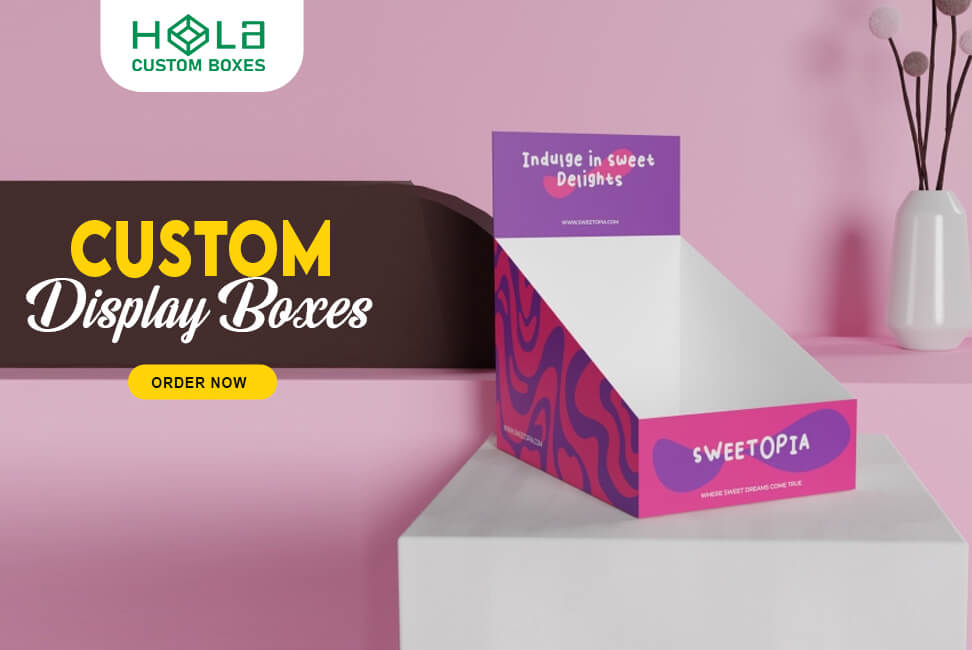4 Product Packaging Mistakes That Are Impacting Your Finances

Outdated packaging design can hinder market success; upgrading attracts attention. Incorrect film specifications may increase costs; proper testing is essential. Wrong material selection can lead to damage; right choices guarantee safety and appeal. Inadequate package testing results in financial losses; thorough testing secures product safety. Optimizing these key aspects of product packaging strategy can save you money and enhance efficiency.
Main Points
- Outdated packaging design affects brand relevance and market success.
- Incorrect film specifications increase costs; thinner gauge saves money.
- Wrong material selection can damage products; right materials enhance appeal.
- Inadequate package testing leads to financial losses and product damage.
- Proper testing, modern design, right materials, and film specifications reduce costs and improve efficiency.
Outdated Custom Packaging Design
In the competitive retail landscape, the significance of modernizing packaging design to maintain brand relevance cannot be overstated. Outdated packaging design can hinder success in the market by diminishing brand relevance and failing to align with current consumer buying habits. Upgrading packaging designs is essential not only to attract customer attention but also to keep up with competitors’ modern approaches. In today’s fast-paced market, aligning packaging colors, shapes, textures, and designs with current trends is vital to appeal to consumer senses and enhance product protection.
Failure to stay ahead of the competition by aligning brand packaging with current market trends can result in costly mistakes that impact consumer perception and overall sales. By understanding the importance of modern packaging design and its role in maintaining brand relevance, businesses can avoid the pitfalls of outdated packaging that may be costing them money. Embracing modern approaches to packaging design is a strategic investment in staying competitive and meeting the evolving needs and preferences of consumers.
Incorrect Film Specifications For Custom Packaging
Improper selection of film specifications can result in increased packaging costs and inefficiencies. When choosing film specifications, opting for a thinner film gauge can lead to significant cost savings. Thinner films are available in stronger shrink varieties, offering durability and cost-effectiveness.
Proper testing of down-gauged films is essential to assess their effectiveness in reducing material and maintenance expenses, as well as energy consumption. Lower gauge films not only impact the costs of materials but also contribute to energy savings through reduced usage.
Selecting the right film specifications can bring about a reduction in total costs and improve overall packaging efficiency. Ensuring that the film chosen aligns with the packaging requirements can have a substantial positive effect on the company’s bottom line.
Wrong Material Selection Of Custom Boxes
A vital aspect of effective product packaging lies in the careful selection of appropriate materials to guarantee product safety, presentation, and customer appeal. Using the wrong materials can result in product damage and fail to create a package design that helps your product stand out on the shelves.
The film gauge, whether higher or lower, is essential in determining the level of protection your product receives. Opting for materials that enhance product appeal can lead to increased sales and customer attraction, thereby potentially reducing your total packaging costs in the long run.
Selecting the right packaging materials not only ensures your product’s safety but also plays a significant role in the overall packaging process. By choosing materials that align with your product needs and brand image, you can achieve a reduction in your total packaging costs while maximizing the impact of your product on the market.
Inadequate Package Testing
Insufficient testing of product packaging can result in significant financial losses for businesses due to increased product damage and decreased customer satisfaction. Adequate package testing is vital to guarantee the packaging’s shipping durability and product protection. Testing the packaging post-design on a regular basis is essential to secure the safety of the product throughout its transportation and handling processes.
Proper package testing helps minimize the chances of product damage during transit, ultimately preventing potential revenue loss due to damaged goods. By investing in thorough package testing procedures, businesses can enhance the overall quality of their packaging, reduce the risk of product damage, and improve customer satisfaction.
Prioritizing package testing not only safeguards the product but also protects the company’s reputation and bottom line. To summarize, thorough and regular package testing is a fundamental aspect of effective packaging strategies that can mitigate financial losses and enhance overall business success.


